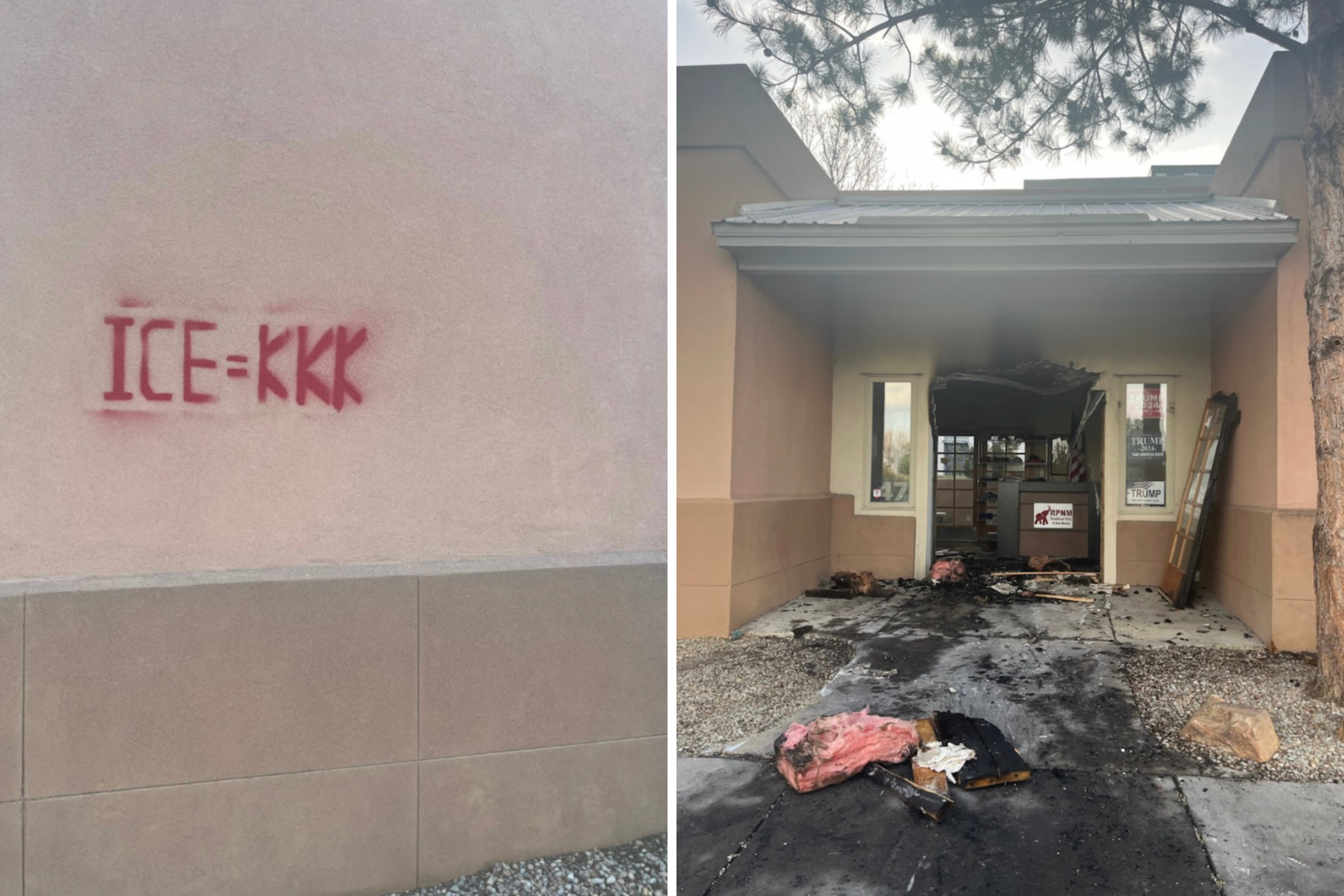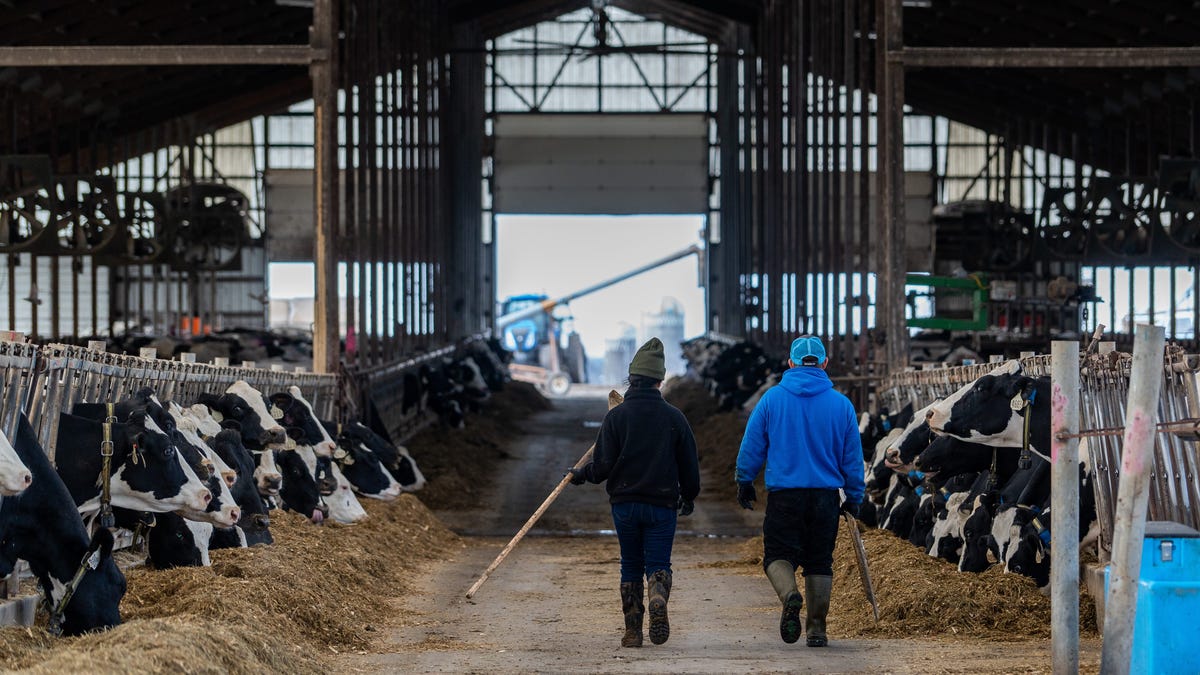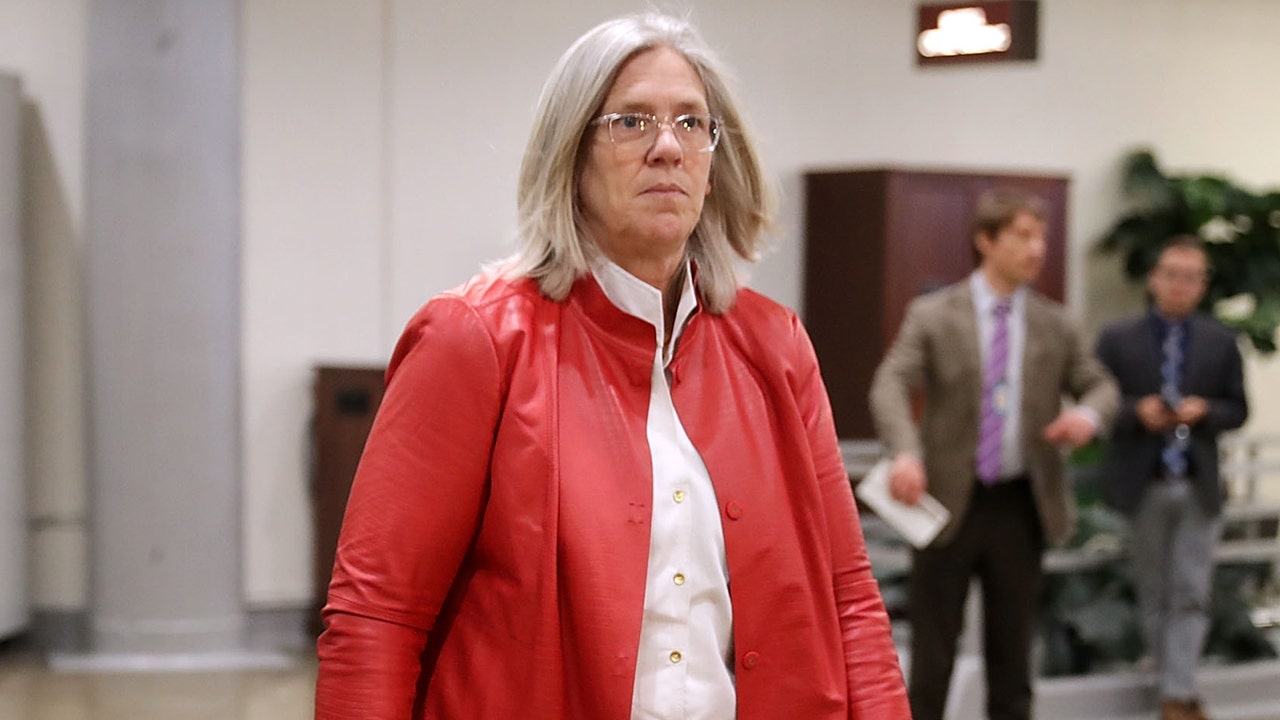World
Breakthrough: EU countries strike major deal on migration rules

European Union countries have reached a major deal to revamp the bloc’s migration and asylum policy.
It represents the first breakthrough of its kind after years of divisive and bitter debates that have pitted capitals against each other.
The agreement paves the way for introducing new rules to collectively manage the reception and relocation of asylum seekers. Last year, the EU received more than 962,000 asylum applications, the highest figure since 2016.
The rules were put to a vote during a meeting of home affairs ministers in Luxembourg, which had been preceded by an atmosphere of optimism that appeared to increase the odds of a positive outcome.
But the talks proved hard and laborious: ministers and their deputies spent virtually the whole day haggling over nitty-gritty details and rewriting compromise texts.
Sweden, the country that holds the rotating presidency of the EU Council, pushed its fellow member states to stay put and continue negotiations until a wide consensus was found.
In the end, the new rules were endorsed by a margin wider than anticipated, with only Hungary and Poland opposing the final draft.
Bulgaria, the Czech Republic, Malta, Lithuania and Slovakia abstained, diplomats with knowledge of the negotiations told Euronews.
Italy, a country seen as a deal-maker due to its geographic location, chose to vote in favour, cementing the qualified majority.
“It is a historic step and a great success to finally be able to unite so many member states around a common position,” said Maria Malmer Stenergard, Sweden’s minister of migration, at the end of the meeting.
“We have once again shown that (by) working together, the European community can achieve great things in the field of migration.”
Malmer Stenergard described the agreement, which still needs to go through the full legislative cycle, as a “good balance” between the principles of solidarity – coded language for relocation – and responsibility – the brunt borne by frontline countries who have to process the majority of asylum applications.
“To be honest, I didn’t really believe I would be sitting here saying this, but here we are,” she noted.
Speaking by the minister’s side, Ylva Johansson, the European Commissioner for home affairs, spoke of a “really important day” that had restored “trust and cooperation” among the 27 member states.
“It has been a marathon,” she said, recalling how when she took office in 2019, the topic of migration was considered “more or less toxic.”
“When we trust each other, we are so strong, there’s so much we can achieve,” she added.
The rules endorsed on Thursday stem from the New Pact on Migration and Asylum, a holistic proposal presented by the European Commission back in September 2020.
The pact’s most innovative element is a system of “mandatory solidarity” that will give member states three options in times of migratory pressure.
- Accept a number of relocated asylum-seekers.
- Pay for the return of rejected applicants to their country of origin.
- Finance operational support, such as infrastructure and personnel.
Governments will be allowed to freely choose the option they prefer and no one will be forced to relocate migrants, a key guarantee to secure the votes from Central and Eastern Europe.
This solidarity mechanism was one of the two pieces of legislation that were voted upon on Thursday, together with a new set of rules on fast-tracked border procedures to examine the requests of those who illegally cross the borders.
At the end of the meeting, Malmer Stenergard confirmed the one-off payment for each rejected applicant will be provisionally set at €20,000, which will then be channelled into a yet-to-defined common EU fund.
The number of relocation will be 30,000 asylum seekers per year. Additional provisions have been included in case the pledges fall short of the target.
The political agreement allows the EU Council to start negotiations with the European Parliament, which has a somewhat diverging position on the matter. The goal is to wrap up the legislation before next year’s EU elections.
“I’m not afraid of trilogues,” Johansson said, referring to the interinstitutional discussions that lie ahead.
Asked about possible non-compliance by countries who oppose the reform, Johansson said the European Commission will act as “the guardian of the treaties” to ensure legislation is fully respected once it enters into force.
The ultimate objective underlying the reform is to install a permanent and predictable system to manage migration that can definitely replace the ad-hoc crisis mode that has been in place since the 2015 migration crisis and has proven woefully inadequate to cope with a challenge that exceeds national borders.
This article has been updated to include more details about the agreement.

World
Map: 7.0-Magnitude Earthquake Near Tonga Promps Brief Tsunami Alert
Note: Map shows the area with a shake intensity of 4 or greater, which U.S.G.S. defines as “light,” though the earthquake may be felt outside the areas shown. The New York Times
A major, 7.0-magnitude earthquake struck in the South Pacific Ocean on Monday, according to the United States Geological Survey. The quake prompted a brief “Tsunami Threat” for Tonga.
Preliminary reports from the U.S. Tsunami Warning System said tsunami waves were possible for coastlines within about 190 miles of the earthquake’s epicenter, including those on Tonga. The system issued an all-clear notice about an hour later, after a tsunami would have struck had one materialized.
Tsunamis are a series of long waves caused by a large and sudden displacement of water in the ocean, usually from a large earthquake on or below the ocean floor. Tsunamis radiate in all directions from the epicenter and can cause dangerous coastal flooding and powerful currents that can last for hours or days.
The temblor happened at 1:18 a.m. Tonga time about 49 miles southeast of Pangai, Tonga, data from the U.S.G.S shows.
U.S.G.S. data earlier reported that the magnitude was 7.1.
As seismologists review available data, they may revise the earthquake’s reported magnitude. Additional information collected about the earthquake may also prompt U.S.G.S. scientists to update the shake-severity map.
Aftershocks in the region
An aftershock is usually a smaller earthquake that follows a larger one in the same general area. Aftershocks are typically minor adjustments along the portion of a fault that slipped at the time of the initial earthquake.
Quakes and aftershocks within 100 miles
Aftershocks can occur days, weeks or even years after the first earthquake. These events can be of equal or larger magnitude to the initial earthquake, and they can continue to affect already damaged locations.
When quakes and aftershocks occurred
Source: United States Geological Survey | Notes: Shaking categories are based on the Modified Mercalli Intensity scale. When aftershock data is available, the corresponding maps and charts include earthquakes within 100 miles and seven days of the initial quake. All times above are Tonga time. Shake data is as of Monday, March 31 at 2:33 a.m. Tonga time. Aftershocks data is as of Monday, March 31 at 8:04 a.m. Tonga time.
World
Pope Francis denounces war in Sudan, suggests living Lent 'as a time of healing'
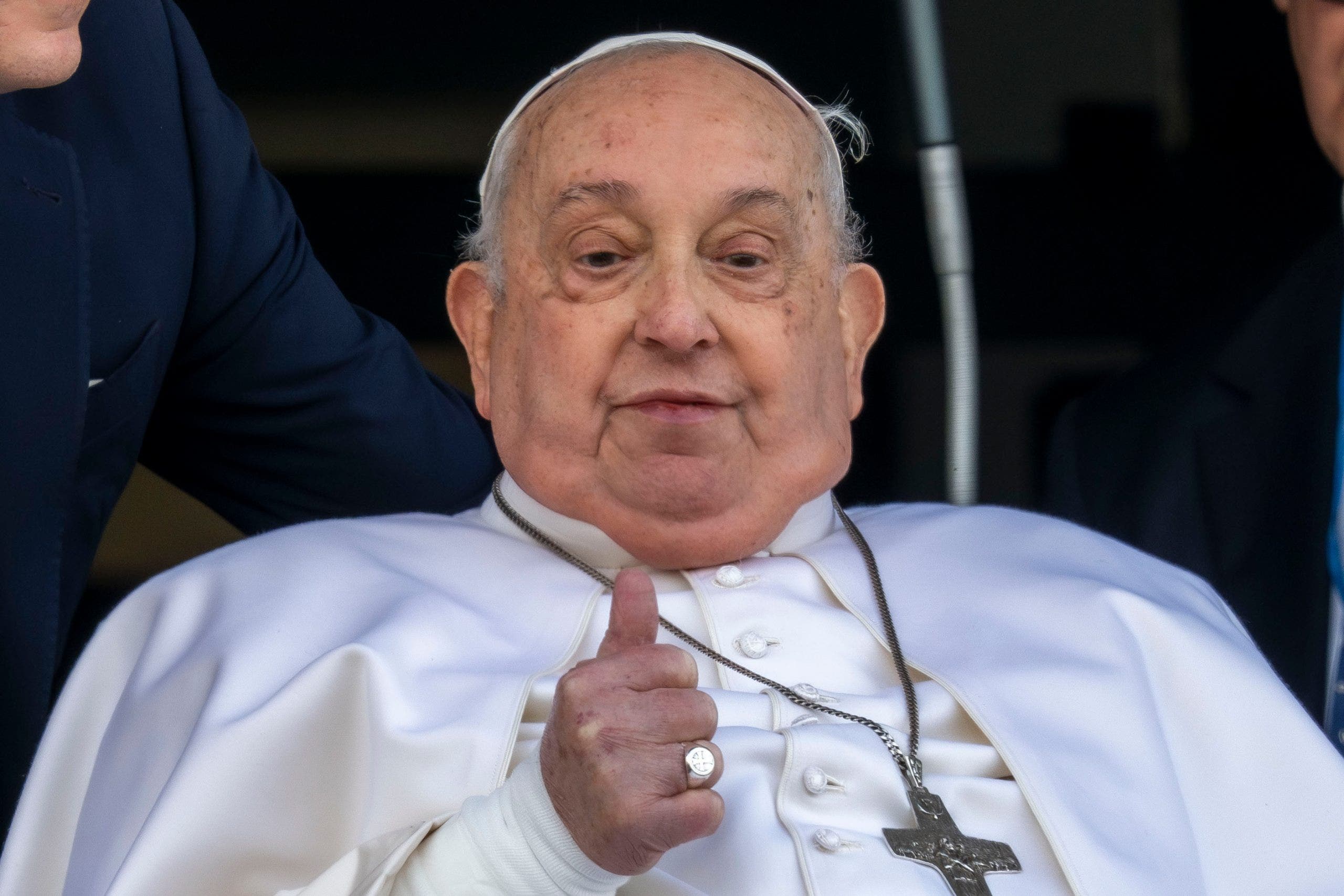
Pope Francis publicly acknowledged that this Lenten season is a time of healing for his soul and body.
On Sunday, the Vatican released the text of Francis’ prepared Sunday Angelus prayer. It is the seventh straight Sunday that his illness has prevented him from delivering the blessing from a window over St. Peter’s Square as usual.
“Dearest friends, let us live this Lent as a time of healing, all the more as it is the Jubilee,” Francis said. “I too am experiencing it this way, in my soul and in my body.”
“That is why I give heartfelt thanks to all those who, in the image of the Saviour, are instruments of healing for their neighbour with their word and their knowledge, with kindness and with prayer,” he continued. “Frailty and illness are experiences we all have in common; all the more, however, we are brothers in the salvation Christ has given us.”
POPE FRANCIS’ DOCTORS CONSIDERED ENDING TREATMENT, SAID ‘THERE WAS A REAL RISK HE MIGHT NOT MAKE IT’: REPORT
Pope Francis leaves in a car after appearing at a window of the Agostino Gemelli Polyclinic in Rome, Sunday, March 23, 2025, where he was being treated. (AP/Stefano Costantino)
His remarks then turned to world conflicts, with a focus on South Sudan, where he said “the war continues to claim innocent victims.”
“I urge the parties concerned in the conflict to put the safeguarding of the lives of their civilian brothers and sisters first; and I hope that new negotiations will begin as soon as possible, capable of securing a lasting solution to the crisis,” he said. “May the international community increase its efforts to address the appalling humanitarian catastrophe.”
POPE FRANCIS MAKES FIRST PUBLIC APPEARANCE IN FIVE WEEKS
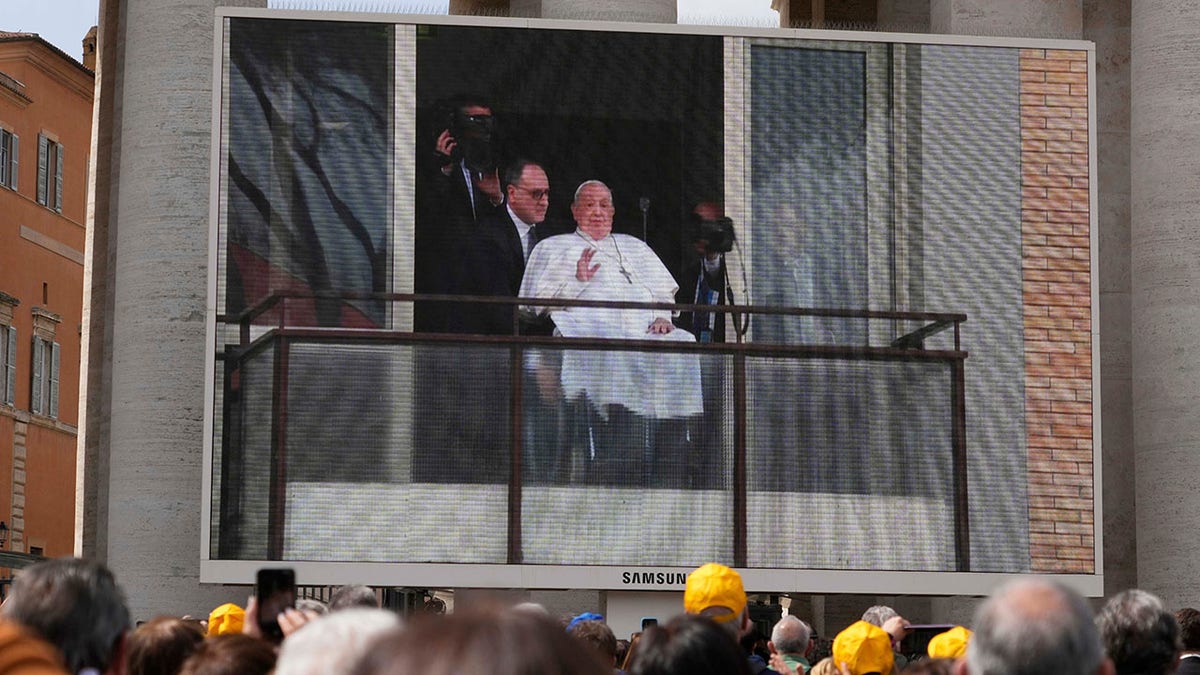
Faithful and pilgrims gather in St. Peter’s Square at The Vatican to follow on giant screens a live broadcast from Rome’s Agostino Gemelli Polyclinic, on Sunday, March 23, 2025, where Pope Francis made his first public appearance since he was hospitalized on Feb. 14 with bilateral pneumonia. (AP Photo/Gregorio Borgia)
The 88-year-old pontiff is still recovering from a respiratory infection, according to the Holy See Press Office. He continues to be weaned off oxygen support during the day and night, and his blood levels are normal. However, his medical team has ordered a strict convalescence period of at least two months following his hospital release last week.
Francis has shown “a truly surprising improvement,” the doctor who coordinated the pontiff’s five-week hospitalization said Saturday.
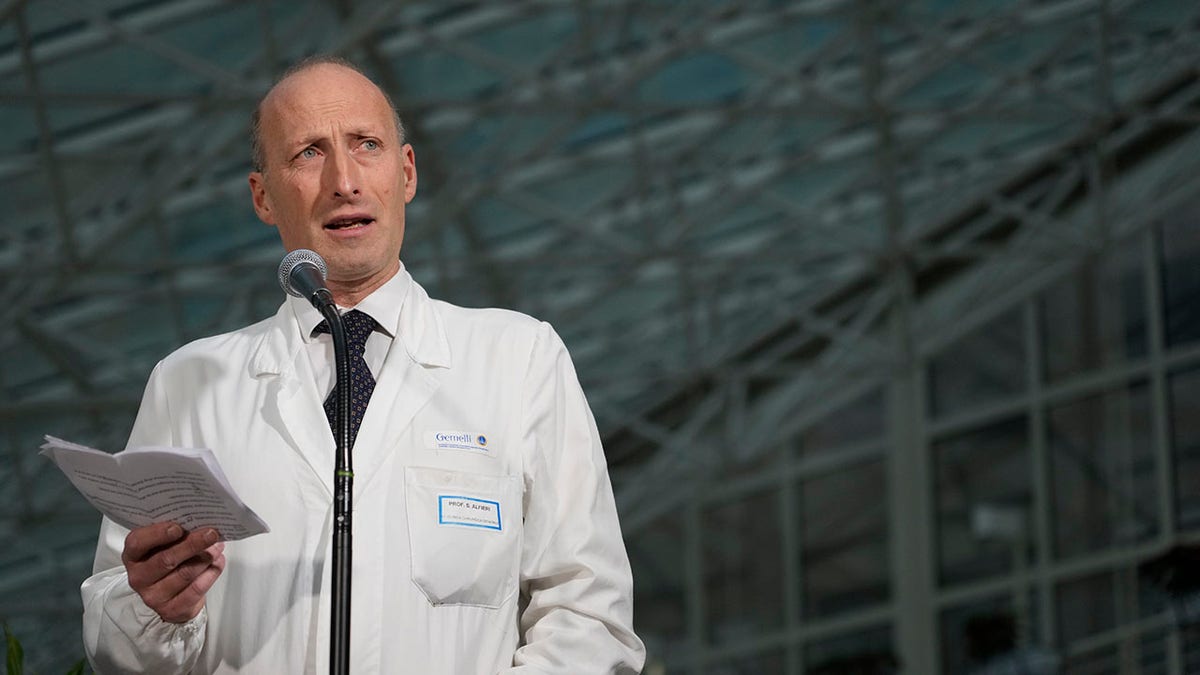
Surgeon Sergio Alfieri speaks to journalists on Saturday, March 22, 2025, in the entrance hall of Rome’s Agostino Gemelli Polyclinic, where Pope Francis has been treated for bilateral pneumonia since Feb. 14, 2025. (AP Photo/Gregorio Borgia)
“I find him very lively,” Dr. Sergio Alfieri said, after visiting the pope at his apartment in the Santa Marta Domus on Wednesday, three days after his release from Rome’s Gemelli hospital. “I believe that he will return if not to 100%, 90% of where he was before.”
The Associated Press contributed to this report.
World
5.1 magnitude aftershock hits near Mandalay in Myanmar
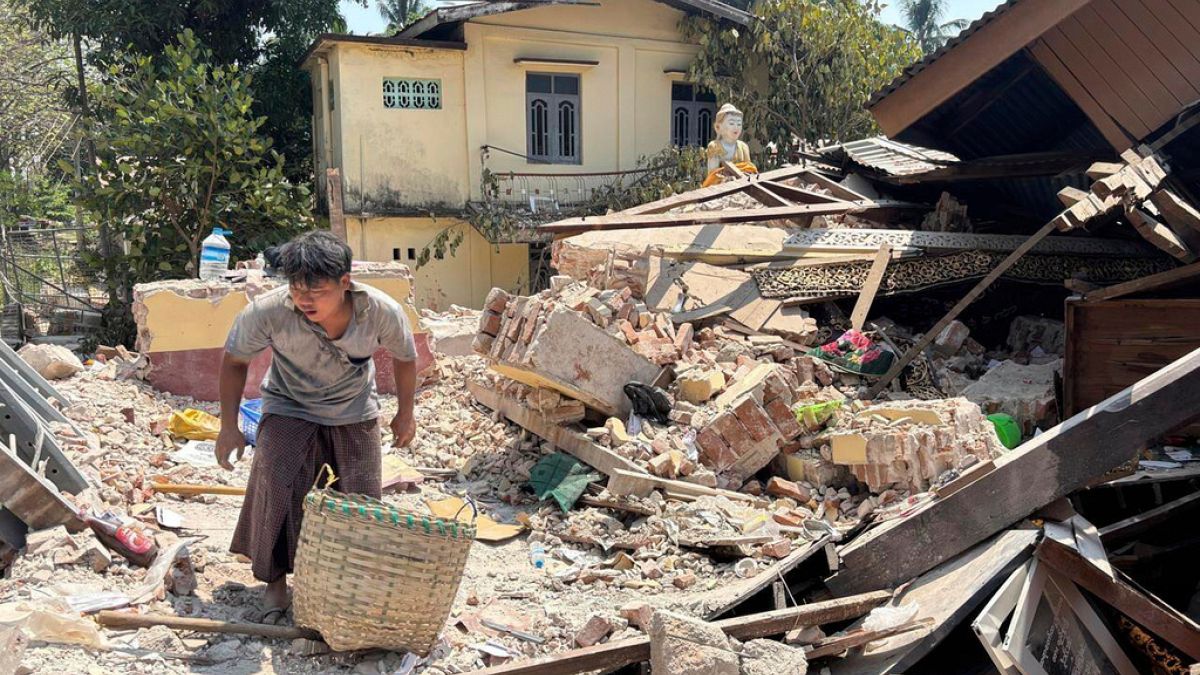
Myanmar continues to be hit by a string of aftershocks, the latest being a 5.1-magnitude earthquake that struck on Sunday morning. This follows a 7.7-magnitude quake that hit on Friday leaving at least 1,644 people dead.
A 5.1-magnitude earthquake struck near the city of Mandalay in Myanmar on Sunday morning, the latest string of aftershocks.
The quake struck as emergency teams continued rescue operations in the hardest-hit areas of Myanmar following Friday’s massive 7.7-magnitude tremor, which has left at least 1,644 people dead and more than 3,408 injured according to the country’s ruling military junta.
There were no immediate reports of further damage after the latest aftershock.
Rescue efforts have been hindered by downed bridges, damaged roads, Unreliable communications and a civil war. According to local media many of Mandalay’s 1.5 million people were left sleeping on the streets as their homes were either brought down and they have been left homeless or in fear of the aftershocks.
The earthquake’s epicentre on Friday was near Mandalay, Myanmar’s second-largest city, toppling many buildings and damaging infrastructure, including the city’s airport.
Neighbouring China and Thailand were also shaken by the quake, with at least 17 people reported dead in Thailand and 83 missing, while a tower in Bangkok collapsed.
Many hard-to-reach areas have yet to be accessed, while many rescue efforts have been carried out by civilians working by hand, in 41-degree Celsius heat. According to Cara Bragg, the Yangon-based manager of Catholic Relief Services in Myanmar, who said, “It’s mainly been local volunteers, local people who are just trying to find their loved ones,” adding, “I’ve also seen reports that now some countries are sending search and rescue teams up to Mandalay to support the efforts, but hospitals are really struggling to cope with the influx of injured people, there’s a shortage of medical supplies, and people are struggling to find food and clean water.”
Meanwhile, Myanmar’s resistance announced a partial ceasefire on Saturday to facilitate rescue efforts.
The Shadow National Unity Government, which leads the fight against the military junta that took power in 2021, has announced that its armed wing, the People’s Defence Force (PDF), will halt offensive military operations starting Sunday in areas affected by the earthquake.
-

 News1 week ago
News1 week agoMusk Offers $100 to Wisconsin Voters, Bringing Back a Controversial Tactic
-

 News1 week ago
News1 week agoHow a Major Democratic Law Firm Ended Up Bowing to Trump
-

 Education1 week ago
Education1 week agoICE Tells a Cornell Student Activist to Turn Himself In
-

 World1 week ago
World1 week agoDonald Trump signs executive order to ‘eliminate’ Department of Education
-

 News1 week ago
News1 week agoWere the Kennedy Files a Bust? Not So Fast, Historians Say.
-
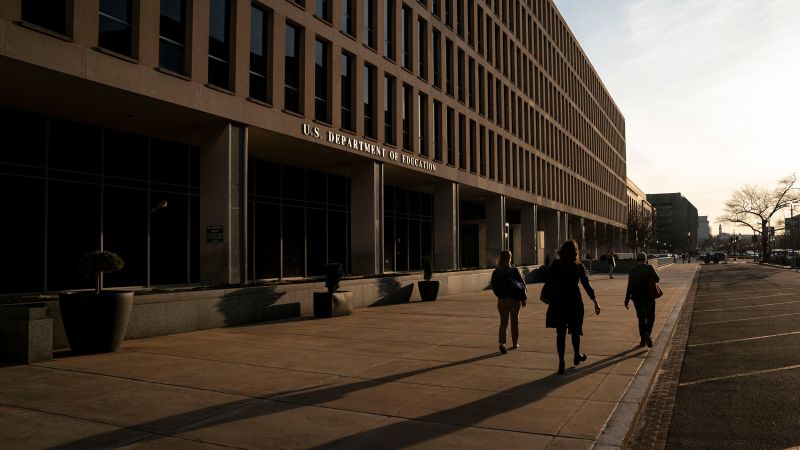
 News1 week ago
News1 week agoDismantling the Department of Education will strip resources from disabled children, parents and advocates say | CNN
-

 News6 days ago
News6 days agoWashington Bends to RFK Jr.’s ‘MAHA’ Agenda on Measles, Baby Formula and French Fries
-
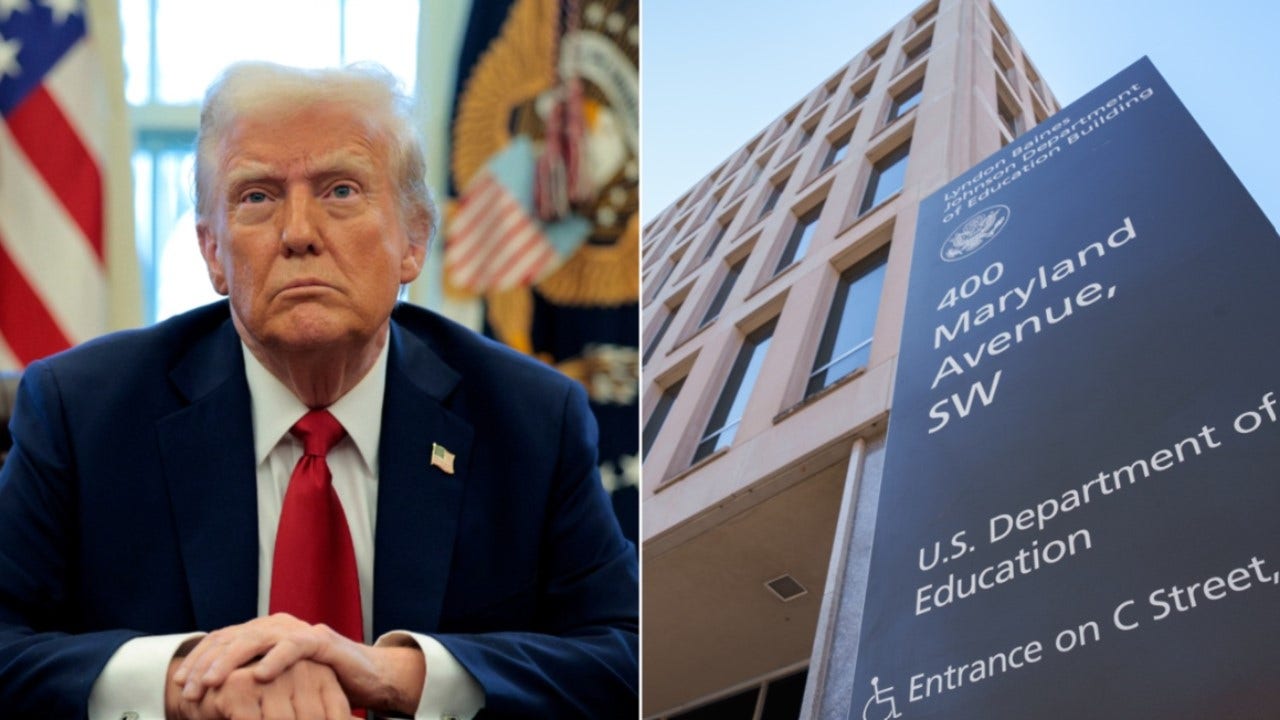
 Politics1 week ago
Politics1 week agoStudent loans, Pell grants will continue despite Education Department downsizing, expert says

